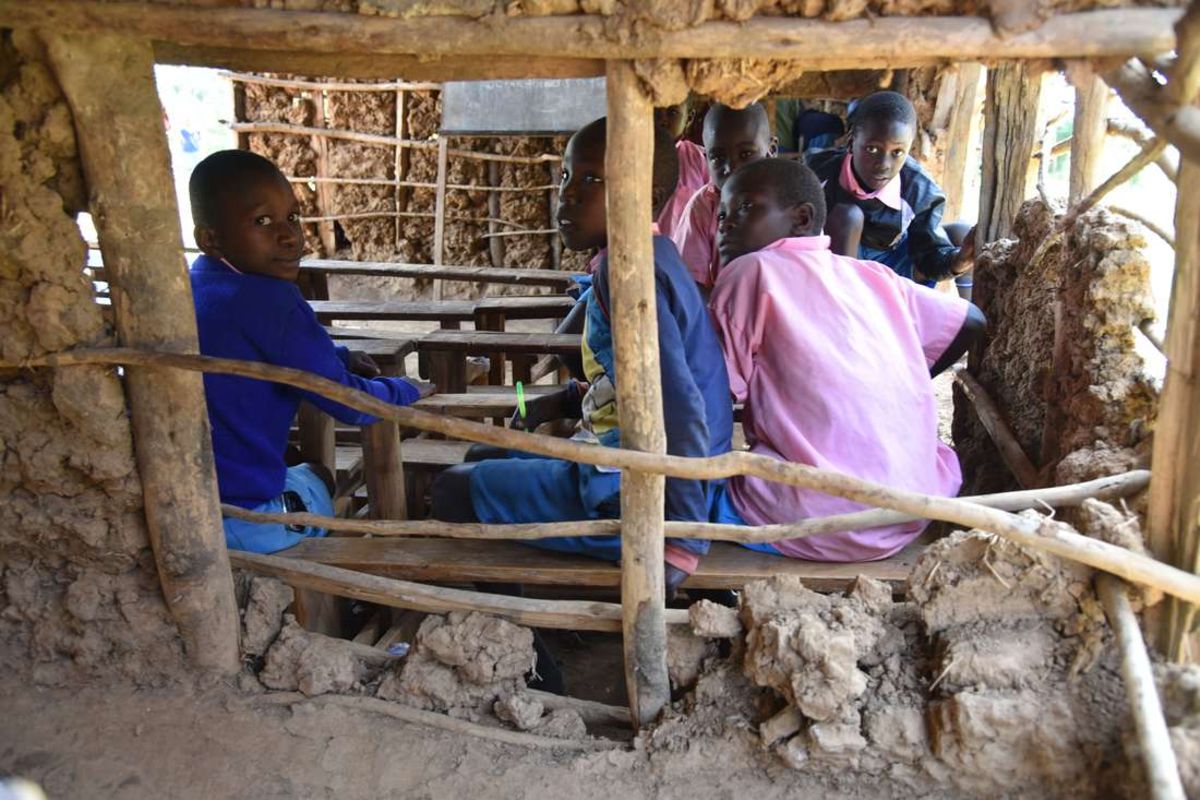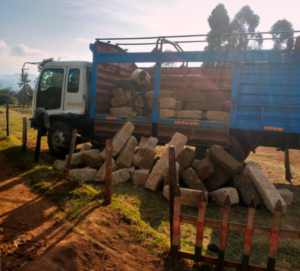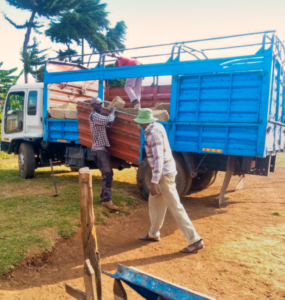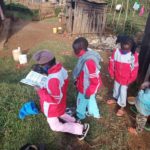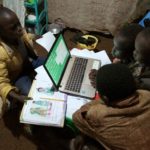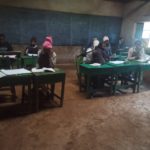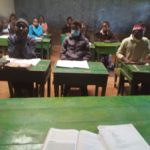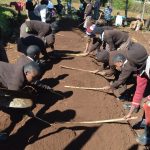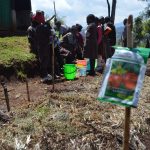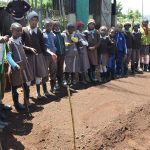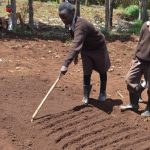The impact of poverty in Kenya and the rest of Africa especially sub-Saharan Africa, poverty remains one of the biggest challenges compounded by lack of employment opportunities for school graduates and College/university graduates, this act as one of the catylist for rampant drop out of schools as there is no enough motivation to do so.
According to UNICEF there are 13 significant barriers to education in developing countries
- Costs e.g fees, clothing, books
- Indirect costs, i.e opportunity cost of attending school
- Local attitudes and traditional practices
- Health and nutrition
- Crisis and instability
- Distance to school
- Poor quality environment for example, poor infrastructure, overcrowding, sanitation, violence.
- Poor quality content e.g outdated curriculum, inadequate learning materials.
- Ineffective delivery to learners e.g untrained teachers and poor and unmonitored school managements.
- Lack of national legal framework like compulsory education requirements.
- Poor enforcement of legal education policies.
- Inadequate national budget education allocation.
- Isolation of schools from the National Education System.
These barriers are mostly prevalent to girls, children from minority groups, children with disabilities and children living in conflict areas, however, currently, boys are becoming as much as vulnerable as girls on matters of accessing education.
For most of learners in Kenya and Africa in General, walking to school for 3 hours everyday covering 10 kilometres, is a big challenge that take much time and energy from the learners. While they cover such kilometres, they walk with hungry stomachs, in addition to other risk of violence along the journey, especially girls
Developing countries are unable to fund education appropriately as tertiary, college and University education and to some extent secondary education remain unaffordable to a significant number of learners. Corruptions plays a big role in failures of funding education in countries like Kenya as most funds are mismanaged by officials as they go down to learners. As most guardians struggle to put food on tables for their children, education remain a secondary needs.
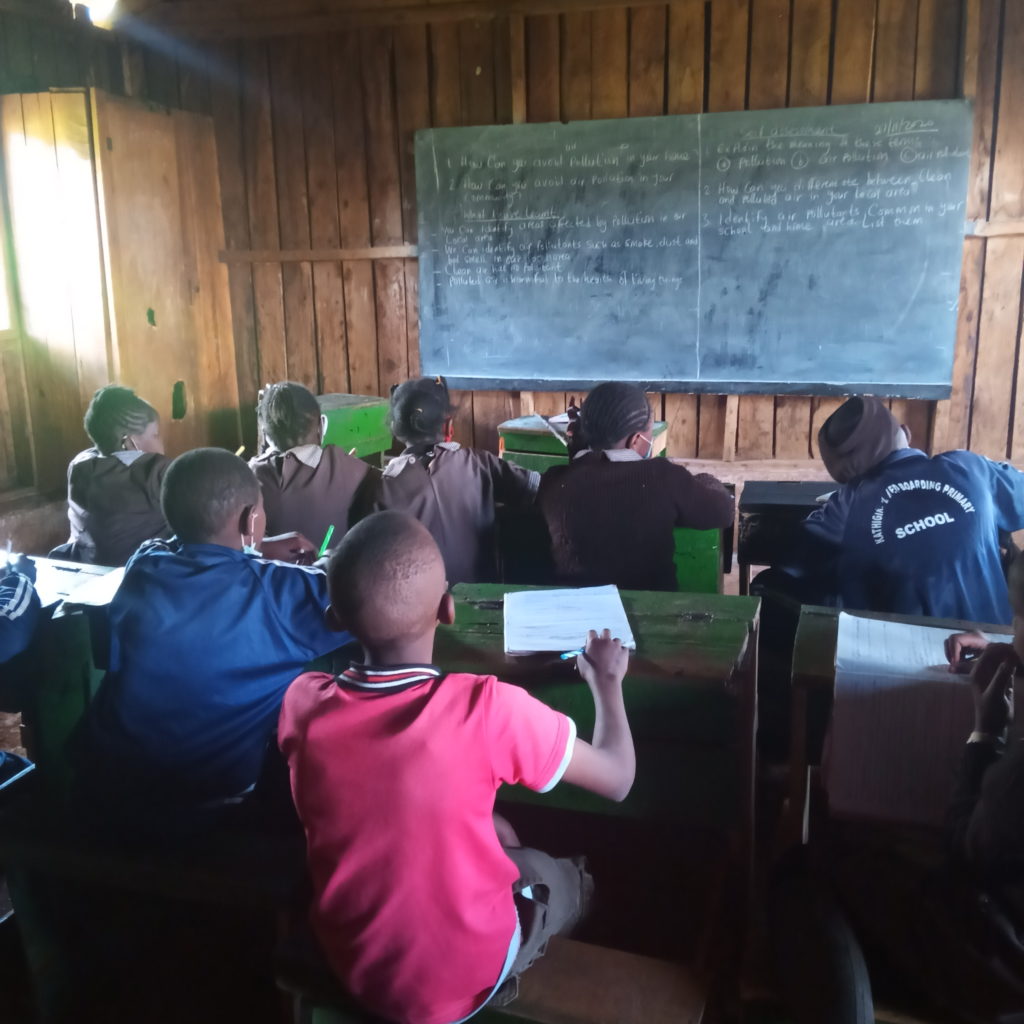
Poor and ineffective of education like untrained teachers is often compounded by absenteeism of those trained teachers overburdening those untrained teachers.
Lack of water and running water in most of the public institutions is another challenge to learners and teachers especially during this pandemic period. Learners especially girls spend most of their time in a day fetching water, this leads to them sometime skipping classes at least two days per week.

